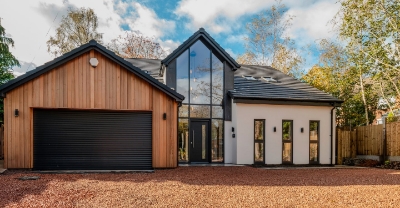Why "1st Drop" Deliveries Might Not Be the Best Option for Your Project
As a builders' merchant, we know how important it is for you to receive your materials on time. Many of our customers request the "1st drop"—the earliest possible delivery in the morning—so they can have their materials ready as their labour force starts the day. While this seems like a good idea, there are some key reasons why it might not be the best option for your project.
The Reality of Early Morning Deliveries
Our lorries operate under strict safety and regulatory requirements. Before they can leave our yard each morning, our drivers must carry out a thorough vehicle inspection. If any issues are found—such as a cut tyre, a cracked headlight, or another mechanical fault—the vehicle cannot legally leave until repairs are made.
Because our vehicles frequently visit active construction sites, they are more prone to minor damages that need addressing. This means that a lorry scheduled for the "1st drop" could face unexpected delays, and in the worst-case scenario, might not be able to deliver at all that day.
The Risk to Your Project
If you’ve arranged for materials to arrive on the morning of your build, any delay can leave your workforce waiting around with nothing to do—costing you time and money. Our competitors may offer "1st drops" without considering these risks, but we want to be upfront and honest about what’s best for you.
Our Recommended Solution
To ensure your materials are ready when you need them, we strongly recommend scheduling deliveries at least a day before your project starts. This eliminates the risk of unexpected delays and gives you peace of mind that everything will be on-site when your team arrives.
We understand that timing is crucial, and we work hard to ensure smooth deliveries. By planning ahead, you can keep your project on track and avoid the pitfalls of last-minute delays.
If you’d like to discuss your delivery options, feel free to contact our team. We’re here to help make your project run as smoothly as possible!






